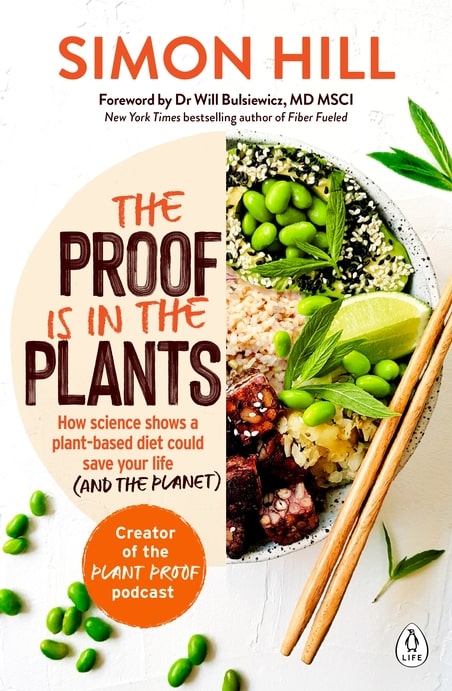The ideal Exercise Time of Day (ETOD) is a concept researchers have been exploring for many years. The question is pretty simple: is there an optimal time of day that will maximise athletic performance, body composition adaptations, and health?
One study conducted on Olympic swimmers found a significant influence of time of day on speed. (1) Athletes who competed in the late afternoon, around 5 pm, had faster swim times compared to when they competed at other times of the day.
Another study, this time looking at recreational cyclists, reported similar results. (2) When asked to do a time trial at different times of day over the course of four days, the cyclist rode the fastest in the evening. In addition, their metabolic and hormonal response to exercise was improved in the evening compared to the morning.
The reason for this appears to be linked to the circadian rhythm.
Here’s a quick summary of how circadian rhythm works:
- Circadian rhythm is an inborn cycle of hormones and behaviors synced to the earth’s 24-hour rotation.
- A “central clock” resides in the hypothalamus of the brain and is sensitive to light cues that signal morning and night.
- There are “peripheral clocks” throughout the body that respond to signals from the central clock as well as from food, activity, and other factors.
Muscle tissue, as one of the largest organs in the body, contains a highly tuned peripheral clock. (3) In addition to the signals muscles receive from the central clock and its own intrinsic clock, the timing of meals and activities has a significant impact on circadian rhythm. Conversely, the muscle’s circadian rhythm has a significant impact on how the body responds to food and movement.
As scientists look at how exercise timing influences performance outcomes, they’re attempting to identify at what point in the circadian rhythm muscles function at optimal levels. So far, research seems to point to the afternoon or evening as the time of day when athletic performance peaks. (4, 5)
This conclusion may provide useful data for folks trying to optimise athletic performance or train competitively, though larger and more long-term studies in humans are definitely needed. But scientists are taking it a step further to answer the question: Can we influence our peripheral muscle clocks to respond better to the time of day we prefer to exercise?
So far, the answer appears to be yes.
As mentioned above, not only does your muscle’s intrinsic circadian rhythm influence your response to food and movement, but the reverse is also true. The timing of your meals and the time of day you choose to exercise can shift the muscular response to be more optimal at that time. (6, 7, 8) But that only happens with consistency.
Just as you can train your muscles to become stronger, you can train your muscular circadian rhythm to respond better during the time you like to train. (3, 9) Consistently exercising at the same time each day signals the peripheral clock in the muscle tissues to expect and prepare for higher performance.
There’s a lot of room for additional research on this topic, but there are some takeaways we can glean from this data.
- Our circadian rhythms love routine. Sleeping, eating, moving, and getting light exposure at roughly the same time each day allows the central and peripheral clocks to establish a healthy rhythm. A healthy circadian rhythm means better sleep, better metabolic health, hormonal balance, decreased risk of chronic disease, improved mental health, and enhanced longevity. (10, 11, 12, 13) For a deep dive into the circadian rhythm and its influence on health, check out my conversation with Dr. Satchan Panda.
- Exercise at a consistent time each day. The exact time of day likely matters much less than the consistency of timing. If you love a good morning workout, go for it. If after work is your best time, that’s also great. Finding the time of day you are most able and likely to exercise and then sticking with it will give you the most benefits.
- Above all else, exercise! Yes, it’s interesting and helpful to dive into the research and fine-tune your habits to optimise health and longevity. For some of us, it’s super motivating and helpful. But these little details probably don’t matter as much as the big-picture goals. It’s much more important that you exercise as often as you can at whatever time of day you can make it work. Rigid routines are the ones most likely to be disrupted. Be flexible so you can adapt your habits when the need arises.
Get out there and move, friends.
– Simon
References
- Gold, silver or bronze: circadian variation strongly affects performance in Olympic athletes PMID: 33033271
- Effect of time of day on performance, hormonal and metabolic response during a 1000-M cycling time trial PMID: 25289885
- Circadian rhythms, the molecular clock, and skeletal muscle PMID: 25512305
- Circadian rhythms and exercise – re-setting the clock in metabolic disease PMID: 30655625
- Diurnal Variation in Maximum Endurance and Maximum Strength Performance: A Systematic Review and Meta-analysis PMID: 34431827
- Best Time of Day for Strength and Endurance Training to Improve Health and Performance? A Systematic Review with Meta-analysis PMID: 37208462
- Time-of-day dependent effects of contractile activity on the phase of the skeletal muscle clock PMID: 32537739
- Factors Contributing to Diurnal Variation in Athletic Performance and Methods to Reduce Within-Day Performance Variation: A Systematic Review PMID: 32868676
- Circadian rhythms and exercise – re-setting the clock in metabolic disease. PMID: 30655625
- Circadian rhythms, time-restricted feeding, and healthy aging PMID: 28017879
- Circadian Rhythms, Disease and Chronotherapy PMID: 34547953
- Effect of Circadian Rhythm on Metabolic Processes and the Regulation of Energy Balance PMID: 31013492
- Circadian Rhythms – NIGMS








